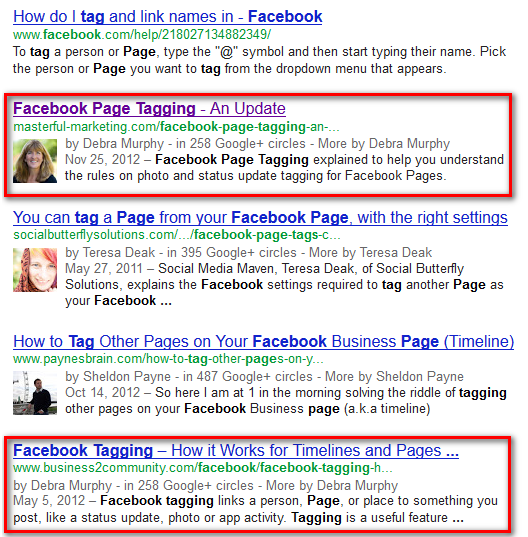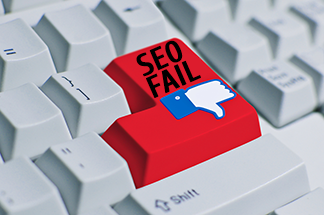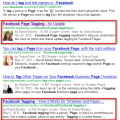
A lot of great advice has been written about the new search engine optimization (SEO) rules due to the Panda and Penguin releases of Google’s algorithm. In many cases, what previously worked may no longer and some of the practices can damage the ranking of your website. If you are implementing an inbound marketing strategy, make sure you are familiar with the new, up-to-date SEO best practices and stay away from the older techniques, which will be coming in my next post, that could get your website penalized.
SEO Best Practices
- Go responsive – Google recommends that you use a responsive design for your website and blog because it serves the same URL for a piece of content to all users regardless of the device they are on. This saves resources for your website and for Google’s crawlers. A responsive design makes it easier for your users to interact with, share, and link to your content while also helping Google’s algorithms assign the most relevant indexing properties for the content.
- Create quality content – SEO always includes the statement “create quality content”. Great, but what is quality content? It’s content that educates and entertains your audience, adds value to your website and encourages visitors to share it with others. Quality content is determined by intimately knowing your target audience and providing content that is useful to them in some way. And yes, quality content also means grammatically correct with no typos. But one thing is for certain – creating quality content is not an option. It is the marketing fuel that accelerates your visibility, determines your reputation, trust and authority and drives more search engine traffic.
- Build online authority – Google Authorship will become a powerful ranking metric and may be more important in how well your content ranks than other on-page SEO techniques (although they are still important as well). Google Authorship displays your Google+ profile picture and links to your profile on posts you have written, enabling Google to better verify the ownership and authenticity of the content. Associating your profile with content you’ve written increases trust in the link, while building credibility in you as an author and increasing click through rates. If you search for “Facebook Page Tagging”, you will get similar results to those shown below. The result with the picture will generate more clicks than the post without because the of the human association with the content.
- Stick with sensible on-page optimization – Although the goal is to write content targeted at the human, there are some specific things you can do to help the search engines understand how to better index each page of your site by implementing on-page optimization. Spend time on the SEO title and description of each page and post of your website. This is what shows up in the search engine results as you see above. The title will catch the searcher’s attention first and should contain the main keyword phrase. The description should be a concise, keyword rich statement and call to action to encourage the reader to click through to your website. Adding your keywords naturally to your writing, linking to other quality content, adding alt and title tags to your images and formatting your content for easy reading will add to the quality of your content.
- Increase your social activity – Google is now using social signals to help determine search engine rankings for content. Writing and optimizing content for your blog is no longer enough to gain visibility in the top of the search results. Now it is important to make it easy for people to share your content via social networks. Add social sharing buttons on content you want shared, including your images. Check out Foobox – a responsive image lightbox that adds social sharing buttons to your images.

Google Authorship Search Results
In many ways, these changes to how search engines index and rank web pages is a benefit to most small business owners. Optimizing your content is now a more common sense exercise than one of how to game the system. The next time you get a sales call from an SEO company that guarantees top ranking in Google, make sure to ask if they implement these five SEO best practices.
What SEO best practices are you now implementing and have I left any off the list?
Related posts:
 SEO Worst Practices – Getting Your Website Penalized
SEO Worst Practices – Getting Your Website Penalized
 “Welcome” is Not a Useful Keyword – 10 On Page SEO Tips
“Welcome” is Not a Useful Keyword – 10 On Page SEO Tips
 Google Authorship Program – Benefits for Content Creators
Google Authorship Program – Benefits for Content Creators
 Five Easy Tips to Optimize Your WordPress Website
Five Easy Tips to Optimize Your WordPress Website
Article source: http://masterful-marketing.com/seo-best-practices/
